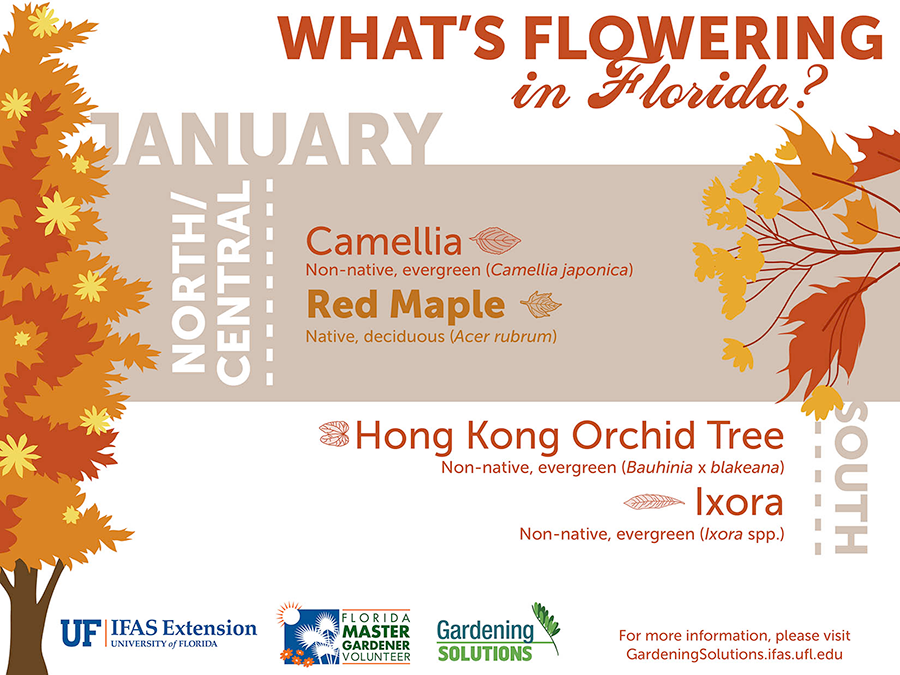Seasonal Tree Management: Methods For Taking Care Of Trees Prior To And After Their Elimination
Seasonal Tree Management: Methods For Taking Care Of Trees Prior To And After Their Elimination
Blog Article
Produced By-
When it comes to seasonal tree care, making sure appropriate administration before and after elimination can substantially affect the health and looks of your landscape. By understanding the necessary steps involved in assessing tree health and planning for elimination, you can proactively secure your home. But what regarding the crucial practices to comply with once the tree is gone? Keep tuned to discover the essential post-removal treatment actions that will certainly aid you cultivate a growing and sustainable setting for your trees.
Pre-Removal Tree Care
Before attending to the elimination of a tree, it's essential to prioritize pre-removal tree care. Begin by examining the tree's health and wellness and architectural integrity. Search for signs of disease, bug infestations, or any architectural issues that may position a security hazard throughout elimination. It's necessary to speak with a certified arborist to determine the best course of action.
Pruning dead or diseased branches can avoid further damage to the tree and ensure a smoother elimination process.
Additionally, take into consideration the environmental effect of eliminating the tree. Trees play a crucial role in our ecosystem, so growing a new tree in an ideal location can aid offset any kind of loss. Make certain that you have the necessary licenses and consents for tree elimination, specifically if the tree is shielded by neighborhood laws.
Seasonal Maintenance Tips
Examining your tree's demands throughout the year is necessary for its wellness and long life. To maintain your trees in leading problem, adhere to these seasonal upkeep pointers.
In spring, focus on trimming to eliminate dead or broken branches and urge new growth.
Summer calls for regular watering, particularly during dry spells, to guarantee your tree stays hydrated.
As fall techniques, watch out for very early indications of disease or tension, and think about using mulch to safeguard the roots during winter.
In winter months, be cautious when removing snow from branches to avoid breakage, and continue to monitor your tree's total health and wellness.
Remember to change your treatment regular based upon the details demands of your tree varieties and local climate. By staying conscientious and aggressive throughout the seasons, you can help your trees thrive and thrive for several years to come.
Post-Removal Tree Treatment
To make sure the health of your landscape also after tree elimination, correct post-removal treatment is crucial. After a tree is eliminated, it's vital to load the continuing to be opening with topsoil and compact it to prevent settling. This will certainly aid maintain the integrity of the ground and avoid possible risks in the future.
Take into mouse click the next webpage growing brand-new vegetation instead of the removed tree to restore the balance and visual appeals of your landscape. Frequently water the area to promote the development of brand-new plants and protect against dirt erosion.
Check how long does it take to become a certified arborist bordering trees for any type of signs of disease or tension that might have been brought on by the removed tree. Watch out for bugs that might've been attracted to the previous tree and take safety nets to protect the continuing to be plant life.
If needed, consult with a specialist arborist to evaluate the influence of the removal on the surrounding trees and figure out any kind of additional care required. By following these post-removal treatment actions, you can guarantee the ongoing wellness and beauty of your landscape.
Final thought
In conclusion, positive seasonal tree treatment is important for preserving the wellness and balance of your landscape. By examining tree health and wellness, pruning, and speaking with an arborist before removal, you can make sure a safe process. After elimination, filling the hole, growing new vegetation, and normal watering will advertise brand-new growth and protect against disintegration. Keep in mind to check bordering trees for illness and look for additional care measures from an arborist to keep your landscape thriving.
